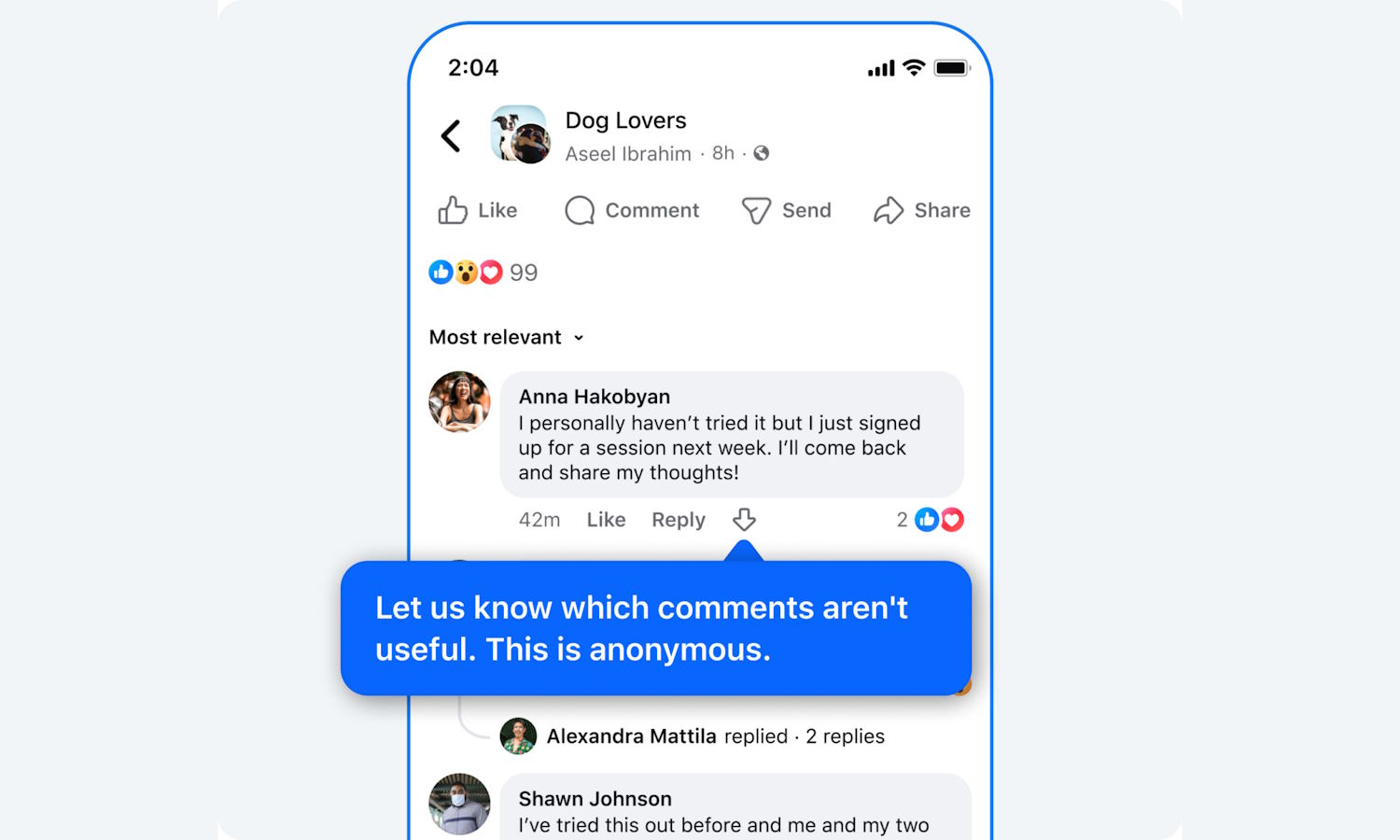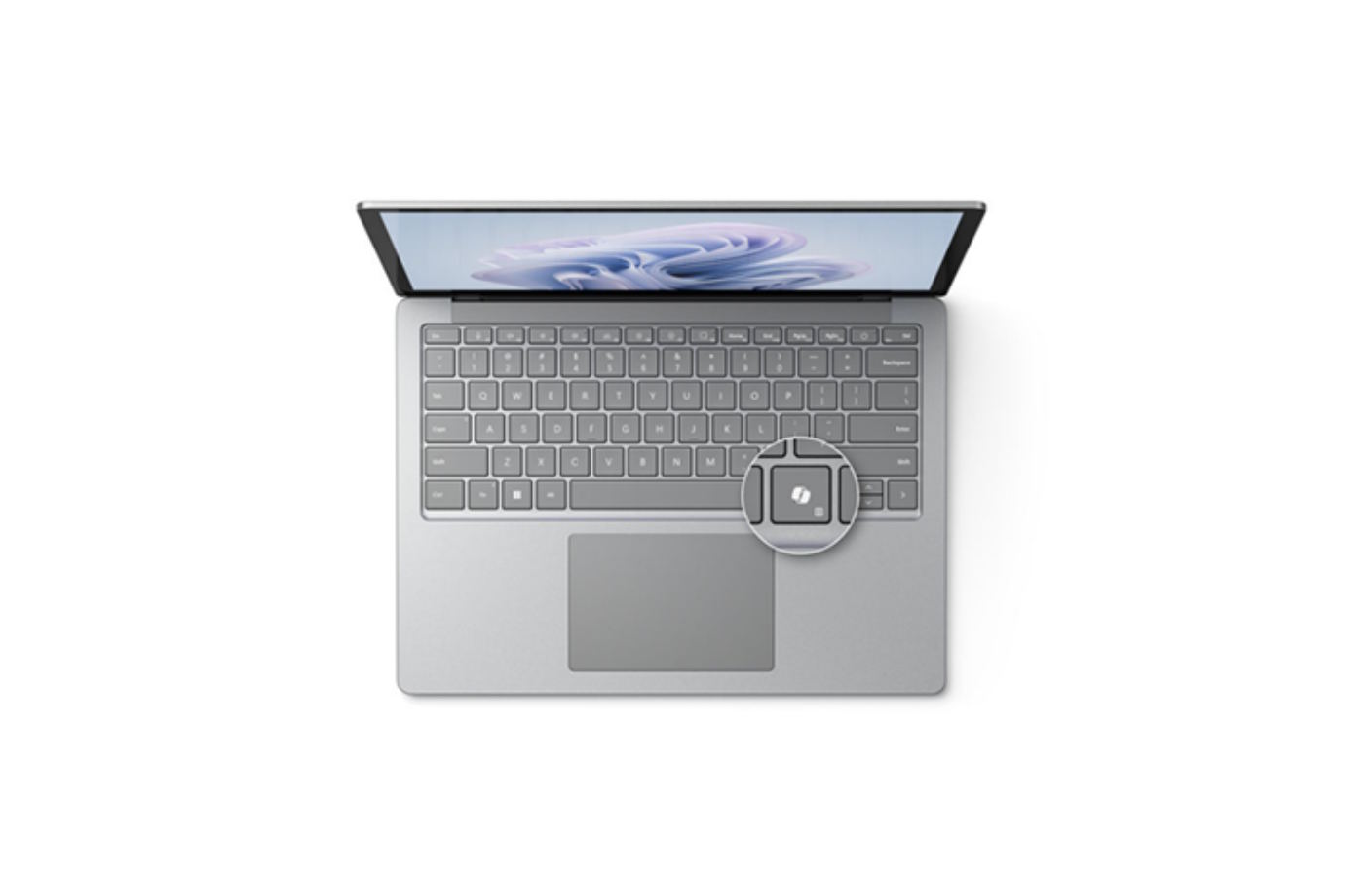
Windows 11 stops being prudish about cursing
Using Windows 11 can be enough to make anyone turn the air blue, but being irritated by aspects of the operating system is not the only reason for swearing at your computer.
Profanity is a part of everyday language, but Microsoft has been very prudish about it -- to the extent that the Voice Typing feature censored curse words. But this is changing. An update to Windows 11 means that it is possible to dictate swearwords and have them converted into text.

Brave open sources Cookiecrumbler to make cookie consent blocking smarter
Brave just made a move that should make privacy enthusiasts pretty happy. The company has officially open sourced Cookiecrumbler, a tool designed to automatically detect and help block those obnoxious cookie consent banners you see across the Web. These pop-ups are not only annoying but, according to research, often track users even when they click reject. Cookiecrumbler aims to stop that nonsense while avoiding the headaches that can come with sloppy blocking rules.
Lately, Brave has been my go-to web browser. It’s open source, cross-platform, and runs beautifully on Linux, which I appreciate as a Linux fan. Even better, it handles ad-blocking on iOS -- something many other browsers don’t offer. And perhaps most importantly, it does all of this without relying on Google.

Never mind Windows 11, Commodore OS Vision 3.0 is the retro-inspired OS you didn't know you needed -- download it now!
We regularly suggest operating systems to consider if you’re feeling disillusioned by Windows 11, and judging by their popularity, Microsoft should be concerned by just how many people are looking to jump ship.
Commodore OS Vision has just been updated to version 3.0, and it’s a major overhaul. The Linux-based operating system offers the modern features you’d expect, but with a retro twist. It’s also packed with classic Commodore content that will appeal to anyone who owned one of those systems in the past.

Here’s why I reserved the affordable and customizable Slate electric pickup truck
The electric truck market is loaded with options these days, but most of them feel like they are designed for people who want to show off rather than actually get things done. Between all the oversized touchscreens, fancy features, and prices that could make your head spin, I found myself turned off by a lot of the choices out there. That is why the Slate Truck caught my eye -- and why I did not hesitate to put down my $50 to reserve one.
This unique truck takes a very different approach from the big names in the industry. It is all about simplicity and affordability. No giant infotainment screen. No powered seats or overly complicated tech to get in the way. Instead, you get steel wheels, crank windows, real knobs for the HVAC, and the freedom to bring your own phone or tablet to handle navigation and music. I actually respect that. It puts control back where it belongs -- with the driver.

Silicon Power launches Inspire microSDXC card
When it comes to capturing high-res video or running games on portable devices, storage performance can often be the deciding factor between smooth success and frustrating failure. Silicon Power is looking to give creators and gamers a reliable solution with the launch of its all-new Inspire microSDXC card.
The Inspire card is available in four capacities -- 128GB, 256GB, 512GB, and 1TB. The company says this card can hit maximum read speeds of up to 170MB/s. Write speeds will vary by model, with the 1TB version reaching up to 160MB/s and the 128GB, 256GB, and 512GB capacities topping out at 150MB/s.

5 reasons your company could be dealing with a data quality issue
Data is a window into understanding not just how your business operates, but how consumers engage with, and select, your solutions. But according to this annual analyst report from Precisely and Drexel University, 67 percent of organizations don’t trust the data they are using for decision making. That means that your organization could also be dealing with unreliable data. When poor data leads to incorrect decisions, it can mean lost opportunities and wasted resources -- which costs your organization money. In uncertain times, a business's livelihood could even be on the line.
Data quality -- especially when it comes to Marketing, Advertising and Sales data -- impacts how teams assess and move forward in the marketplace. These teams lean on datasets to adjust outreach activities and awareness campaigns. The insights used from data are often the underpinning foundation for how a business not just orients itself for short-term quarterly goals, but also how an organization pivots to gain an edge on competition in the long term.

Enterprises struggle with serious gaps in cyber response plans
A new survey of 1,000 businesses across the UK, UK, Europe and the Asia-Pacific region reveals a worrying disconnect between organizations' perceived readiness and actual performance in cyber crisis response.
The study for Semperis, with research from Censuswide, finds 90 percent of enterprises surveyed struggle with serious blockers to effective cyber response. Top issues include cross-team communication gaps (48 percent), out-of-date response plans (45 percent) and unclear roles and responsibilities (41 percent).

From compliance to culture: Making security part of our daily routines
Every organization, sooner or later, writes itself a policy. It gets stapled into onboarding packs and waved about during training, and then quietly forgotten. It’s not that people mean to ignore it. It’s just that rules don’t always make themselves felt when the Wi-Fi’s down or the finance team’s in a rush. But culture -- that’s different. Culture settles into the way people think and work and react. It turns guidelines into instincts. That’s when you know security has taken root.
Understanding this shift often begins with a question: what, exactly, are we securing -- and how do we keep track of it all? Which is where you'll find DSPM explained in any sensible conversation. Data Security Posture Management (DSPM) refers to the ongoing process of identifying, monitoring, and reducing risks across sensitive data. It’s less about locking everything up and more about seeing clearly -- knowing where the data is, who can access it, and what it’s doing. The benefit isn’t just technical; it’s cultural.

Navigating data privacy and security challenges in AI [Q&A]
As artificial intelligence (AI) continues to reshape industries, data privacy and security concerns are escalating. The rapid growth of AI applications presents new challenges for companies in safeguarding sensitive information.
Emerging advanced AI models like Deepseek, developed outside the US, underscore the risks of handling critical data. We spoke to Amar Kanagaraj, CEO of Protecto -- a data guardrail company focused on AI security and privacy -- to get his insights on the most pressing AI data protection challenges.

Meta is taking steps to reduce ‘spammy content on Facebook’ by hitting those responsible in the wallet
Facebook is so far removed from the platform it first started as, it is hardly the same product. Many users would say it is not even the same platform it was a couple of years ago, and one of the biggest changes -- and irritants -- is the sheer volume of worthless content.
By this, we mean spam-like rubbish rather than stuff you’re just not interested in, and Meta has announced that it is finally taking action that it hopes will effectively reduce and discourage “spammy content”.

Microsoft has finally realized that not everyone cares about Copilot
Despite making claims to the contrary, Microsoft is not really thought of as being a company that takes much notice of user opinion. All too often it seems that incredibly unpopular options, features and changes are introduced with little regard for what users actually want.
But, to buck the trend, Microsoft has apparently been listening to feedback from people who are unhappy about the encroachment of Copilot into... well, pretty much everything, really. The decision to include a physical Copilot key on keyboards has been one such unpopular move, and the reaction from Windows 11 users has forced Microsoft’s hand.

Netflix introduces a big change to subtitles
Subtitles for shows and movies serve many purposes. As well as helping those with restricted hearing, they’re also handy for watching without the need for the volume to be too high, as well as addressing the problem of mumbled dialog.
Now Netflix is introducing what it describes as “a new way to experience subtitles”. To tie in with the launch of the latest season of YOU, viewers have the option of using subtitles that show only dialog and omits reference to other audio events. Here’s what you need to know about what this means for you.

Volkswagen and Uber bring self-driving ID. Buzz electric vans to Los Angeles
Volkswagen is making a serious push into the world of autonomous vehicles, and it is teaming up with Uber to help drive that effort forward. The two companies have announced a partnership that will put Volkswagen’s ID. Buzz AD vans (fully autonomous, all-electric versions of its iconic Microbus) on American streets as robotaxis. The rollout will begin in Los Angeles, with testing set to start later this year and commercial service planned for 2026.
While the plan is for these vehicles to operate without drivers, don’t worry -- there will still be human operators on board during the early phases of testing and launch. This approach is designed to help fine-tune the technology and ensure rider safety while waiting on necessary regulatory approvals.

Lexar launches NQ780 and NM1090 PRO SSDs with blazing speeds for gamers and creative pros
Lexar is looking to shake up the solid state drive market with the debut of two new high-performance NVMe SSDs. The company has released the NQ780 PCIe 4.0 SSD and the Professional NM1090 PRO PCIe 5.0 SSD, both aimed at gamers, content creators, and anyone who demands fast storage. Even better, both drives are available for purchase on Amazon right now.
The NM1090 PRO stands out as the flagship option, pushing PCIe Gen 5 storage to impressive new heights. Depending on which capacity you choose, this SSD can hit read speeds up to 14,000MB/s and write speeds up to 13,000MB/s. The 2TB and 4TB models both offer up to 2100K IOPS for random reads, while random write speeds can reach as high as 1800K IOPS. Even the 1TB model holds its own with 14,000MB/s reads and 10,000MB/s writes. It’s built using a 6nm controller to help keep heat in check and performance stable.

Google reveals ZAPBench to predict brain activity in zebrafish and unlock new AI-powered neuroscience research
If we are lucky, Artificial intelligence might one day help scientists understand the human brain the same way language models predict the next word in a sentence. And now, that future is closer to becoming reality thanks to a new project from Google Research, Harvard University, and HHMI Janelia. You see, these teams have introduced the Zebrafish Activity Prediction Benchmark, better known as “ZAPBench,” which could help researchers create more accurate models for predicting brain activity.
ZAPBench isn’t just another dataset, folks. Actually, this new tool is based on two hours of brain recordings from larval zebrafish, capturing how roughly 70,000 neurons fired in response to different virtual reality scenarios. These tiny fish were shown various environmental changes, including shifting light patterns and moving water currents, while researchers recorded brain activity at an impressively detailed scale.
